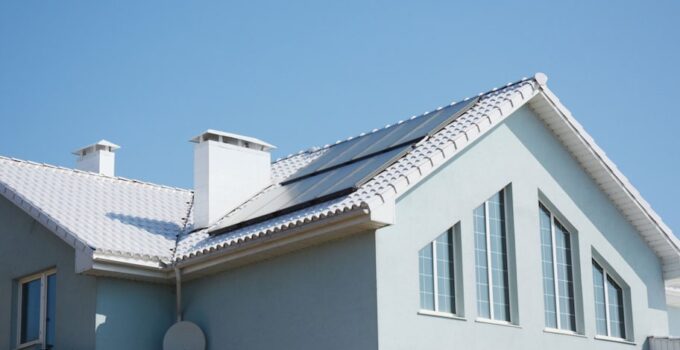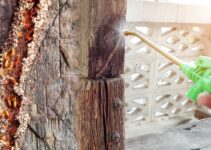On those sweltering days of summer, a reprieve from the heat can be hard to come by. However, a brilliant yet perennially overlooked technology has proven invaluable in mitigating the effects of such oppressive temperatures: cool roofs. Thanks to their reflective surfaces, cool roofs are able to reflect much of the sun’s radiation away from buildings and back into the atmosphere, resulting in lower indoor and outdoor temperatures.
Now let us delve into this clever solution about how these special roofs work. In doing so, we can better recognize this simple technology’s potency in helping us create cooler spaces in our homes and workspaces, even on the hottest days!
Page Contents
What are cool roofs?
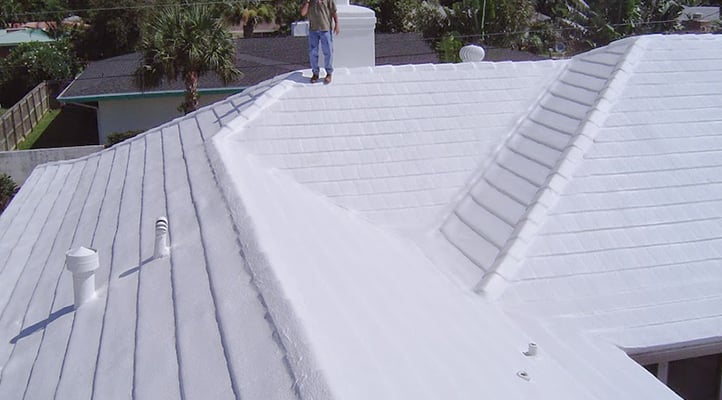
Source: colonyroofers.com
The potential of cool roofs is undeniable, offering a forward-thinking approach to tapping into our energy reserves more responsibly. Constructed from special reflective materials that deflect solar radiation away from structures, these roofs are customizable, with options ranging from tiles and shingles to specialized coatings, making them a cost-effective way to optimize heat absorption levels while preserving precious resources. As demand for energy continues to grow, cool roofs stand as a beacon of progress in the fight against climate change.
Benefits of cool roofs
Here are some of the benefits that cool roofs have to offer.
1. Energy efficiency
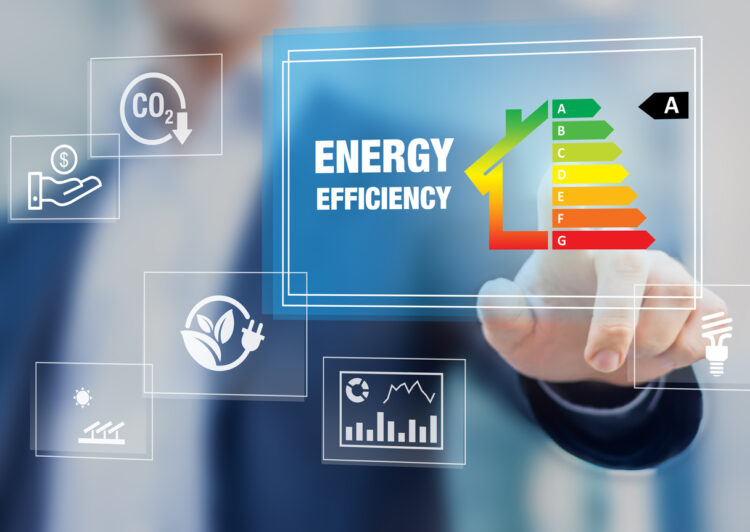
Source: cxotoday.com
Cool roofs are an integral asset when it comes to maximizing energy efficiency and saving costs. By decreasing the amount of heat that is absorbed by the building, they reduce the need for air conditioning, resulting in lower energy consumption and ultimately, a decrease in monthly utility bills. Additionally, cool roofs prevent HVAC units from being overused due to extreme heat buildup, extending their life expectancy and maximizing their capacity to maintain comfortable temperatures within any given environment.
2. Comfortable indoor temperature
In areas that experience prolonged high temperatures, cool roofs can be a lifesaver for buildings. By reflecting the sun’s energy away from the building, these roofs drastically reduce the amount of energy needed to keep the interior climate comfortable. Not only does this save money in cooling costs, but it also improves indoor comfort levels, as there’s less heat being generated within the building.
This makes staying inside during hot days more bearable and can prevent heat-related illnesses amongst those who aren’t able to access proper air conditioning or adequate ventilation. Moreover, improved comfort and temperature control on the job can lead to better worker productivity overall.
3. Environmental benefits

Source: aico.co.uk
The advantages of cool roofs are becoming more widely known and accepted. In addition to reducing energy costs, cool roofs can help diminish the unwelcome urban heat island effect. This phenomenon occurs when the densely populated areas of large cities absorb greater amounts of heat than their surrounding rural regions, leading to drastic temperature discrepancies. The high reflective properties of cool roofs can counter this by bouncing more sun back aloft, thereby decreasing air temperature and mitigating the threats of climate change on city-dwellers.
Types of cool roofs
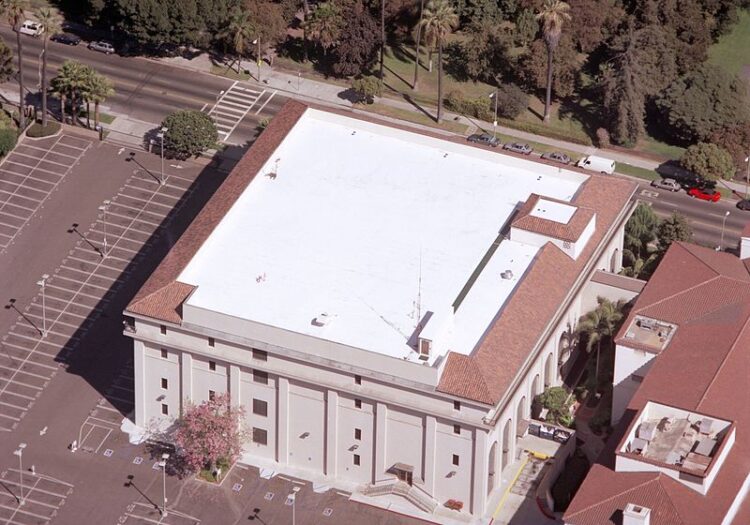
Source: designingbuildings.co.uk
Cool roofs come in different types which include:
1. White or light-colored roofs
In the sweltering summers of warm climates, white and light-colored roofs can be an effective solution for keeping buildings cool. Boasting higher reflectivity than darker-colored roofs, they have the ability to deflect more of the Sun’s rays away from the building and its occupants, helping to reduce cooling demands and improve internal thermal comfort. Alongside these advantages, white or light-colored roofs offer improved energy efficiency and a reduced environmental impact, as well as better longevity over time when compared to their darker counterparts. An investment in this type of roof could prove to be a cost-effective option with numerous long-term benefits.
2. Green roofs
Urban areas are increasingly embracing green roofs also known as vegetated rooftops as a means of alleviating the many challenges they face. By covering buildings with plant life, these roofs provide insulation and reduce cooling costs in summer, while preventing heat loss in winter and reducing flooding caused by rainfall runoff.
Green roofs also have the potential to reduce the ‘urban heat island’ effect which is an issue caused by increased temperatures in densely populated urban environments compared with their rural surroundings. Through their insulating qualities and water-retaining capacity, green roofs can help to enhance local climate patterns. Beyond these broad rewards, they offer a variety of specific environmental and economic benefits, making them a prudent choice for both businesses and residents alike.
Cool roofs present a plethora of advantages with regard to urban heat islands, energy efficiency, and sustainability. Beyond savings on energy costs, indoor comfort levels are noticeably improved whilst beneficial environmental impacts are immediate. In an ever-changing world where extreme weather is becoming increasingly common, the installation of cool roofs provides cities with an essential layer of resilience to help them withstand the consequences of climate change. So if you are looking for ways to reduce the heat island effect, then installing cool roofs can be of help.

